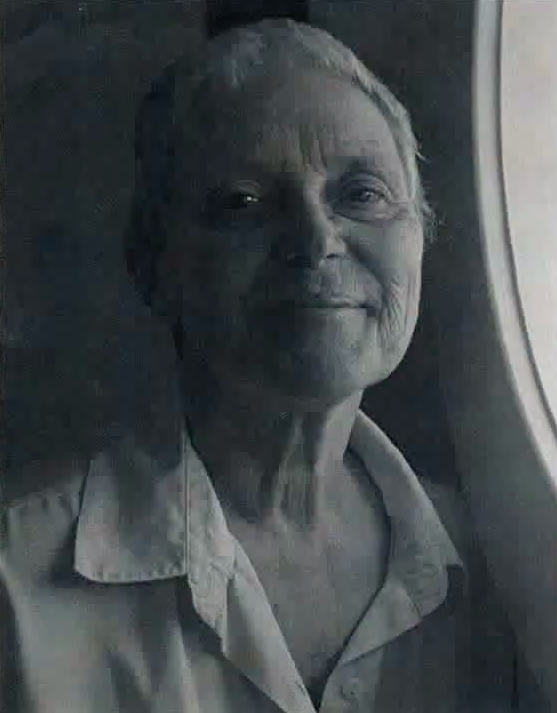About Jan Haag
About Jan Haag
One Artist. A Million Stitches. Three Decades: Jan Haag.
A number of towering artistic figures have expanded our perception of the relationship between textile forms and contemporary art, none more than Jan Haag.
Cutting edge artists Leonore Tawney (1907-2007), Alighiero Boetti (1940-1994) and Eva Hesse (1936-1970) incorporated into their works both raw and woven fibers. Robert Rauschenberg (1925-2008) and many other artists have used textile elements as part of their palette.
Jan Haag, b. 1933 in Marysville, WA, (who not coincidentally was a close friend of Tawney's) is a pioneer who transformed our understanding as to the limitations of an artistic medium, in this case needlepoint. One stitch at a time, Haag sundered the medium's association with domestic craft and the antique, however noble, to become one of adventure and unparalleled exploration.
Between 1975 and 2008, Jan Haag created twenty-three needlepoint canvases, working on some of these simultaneously. One work took ten years to complete. The more complex of these canvases required hundreds, sometimes thousands of hours of application. An accomplished painter and poet familiar with different mediums, Haag writes of the textile art medium: “Compared with the roughhouse immediacy of painting and sculpture, one can cite many a rug, tapestry, piece of stitchery which took a year to make or, at times, a decade. Back and back and back, millennia by millennia, the history and lore of weaving/stitchery recedes as we, at the near end of the time scale, proceed -- cloth, grid arts, fractals and computer -- into the future.”
Haag explains: “Over the years, working on these pieces has become one of my primary ways of understanding both the world and my experience of it. The works… transmit knowledge. Not only the powerful subjective awareness of light and color, but the pleasure associated with study -- in this case, study of music, astronomy, mathematics, travel, archaeology, and the iconographic, mystical and esoteric traditions of many cultures.”
These textile pieces became a life’s work. Through determined experimentation and applying techniques and iconography learned from a lifetime of travel, including treks on foot alone through India, Korea, China, Thailand, Nepal, Russia and Europe, Haag would forever change the perceptions and possibilities of needlepoint.
Haag's unique designs, never pre-planned, were, according to Haag:
Like life, always a surprise. I don't know how they will look until they are done. Mostly, I work the continental stitch in all four directions with Persian or Appleton wool on unmarked canvas. At times, I add gold, silver, silk, rayon or cotton threads. When I needlepoint I often concentrate so completely I will stay up all night: one more stitch and one more stitch, just to see what a pattern will look like. Each of the larger pieces has taken me from one to five years to complete. The collection reflects my eclectic philosophy: the world is One and -- as in the image of Indra's Net (and the Internet) -- each pearl or node reflects the whole.
With regards,
MB Abram





